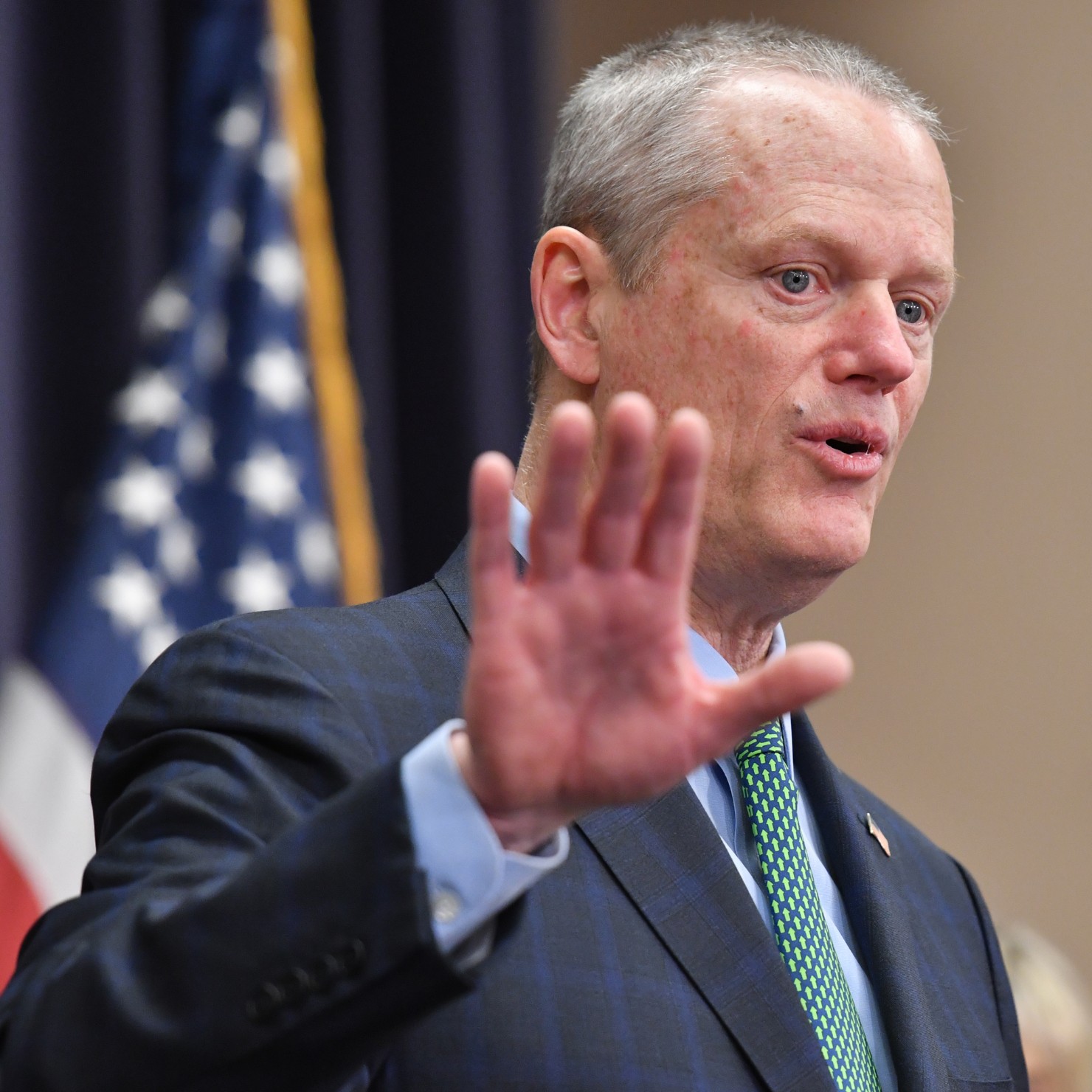Governor Charlie Baker on Tuesday ordered the state’s schools to remain closed through the remainder of the school year.
“It’s the right thing to do, considering the facts on the ground associated with the COVID 19 pandemic,” Baker said.
He said there was no “authoritative guidance” on how to operate schools safely and how to get students to and from schools safely.
“We believe students therefore cannot safely return to school and avoid the risk of transmitting this virus to others,” he said.
He said remote learning would continue in all districts.
Schools in Massachusetts have been closed by state order since mid-March in an effort to slow the spread of the coronavirus pandemic. On March 25, Baker extended the initial closure to last through May 4. At a news conference Monday, Boston Mayor Martin J. Walsh suggested it was unlikely that schools could safely reopen then.
A number of statewide organizations, such as the Massachusetts Teachers Association and the Massachusetts Association of School Superintendents, have been urging Baker to call off the rest of the school year.
“We are in the middle of a surge of cases,” Merrie Najimy, the teachers association president, said in a statement Tuesday morning. “Our entire state is an area of great concern to epidemiologists and policymakers at the state and federal levels. Against this backdrop, the governor’s suggestion last week that he may reopen schools before the end of the year, in part to administer ‘competency tests,’ has set off a firestorm of concern among educators and parents — who believe that the priority must continue to be meeting the social, emotional and academic needs of students through remote learning.”
Thomas Scott, executive director of the superintendent’s association, said in an interview Tuesday morning many school district leaders feel they need more time to prepare for a re-opening of school as the pandemic wanes down, which likely will require schools to practice social distancing. That raises big questions about how to handle daily school activities that generally draw large number of students, such as recess and lunch, and could even cause districts to reduce class sizes – a move that could challenge schools already tight on space.

